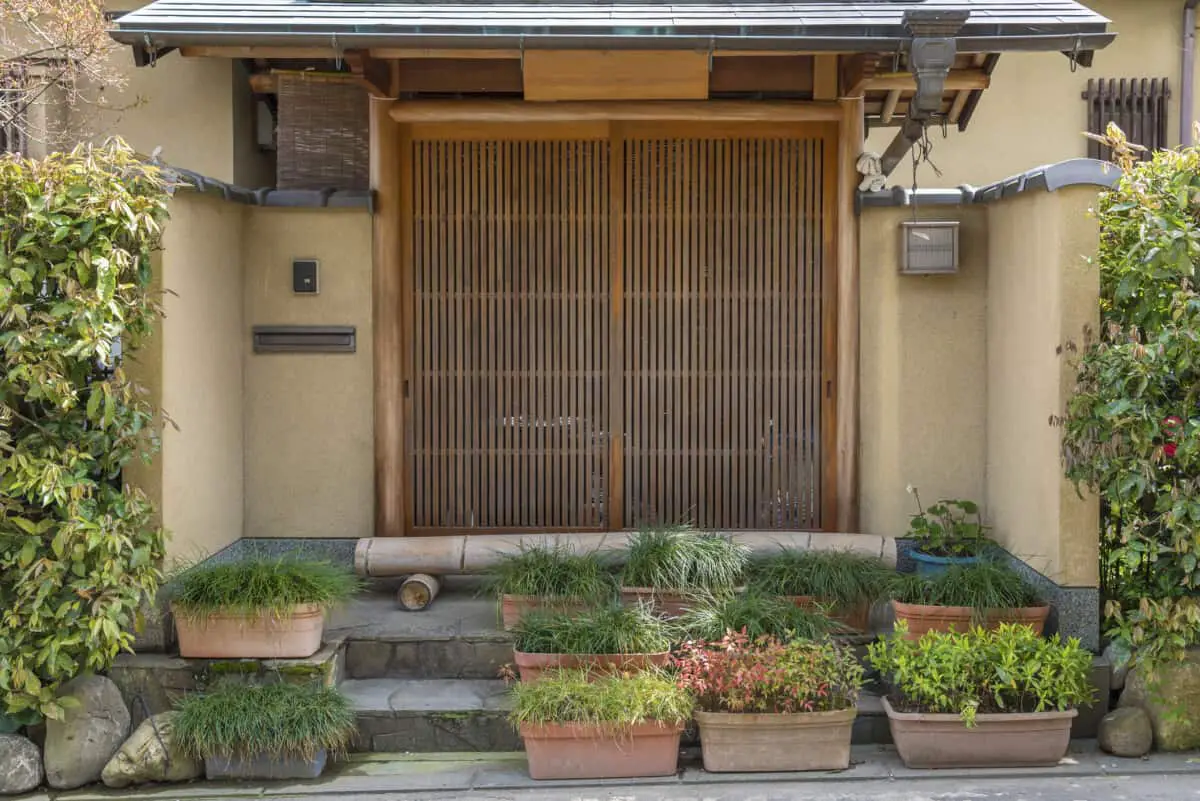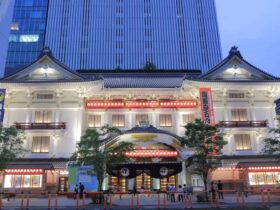Traditional Japanese homes have very unique features that serve both functional and decorative purposes that are not found in many other parts of the world.
In this article we will be covering some of the most interesting everyday items that can be found in traditional Japanese homes, ranging from structural objects to items that serve a purely decorative purpose.
Traditional Japanese houses
Japanese architecture is recognizable throughout the world and has had a significant impact on architectural design in many countries, often being referred to as a source of inspiration for clean lines, minimalistic living, and highly functional items.
When it comes to architecture there is a certain style to Japanese homes and a lot of the consideration for the structure of the home comes down to the country itself.
Japanese homes must be built to withstand earthquakes, tsunamis, and typhoons. The country’s diverse weather conditions mean that houses must be well built.
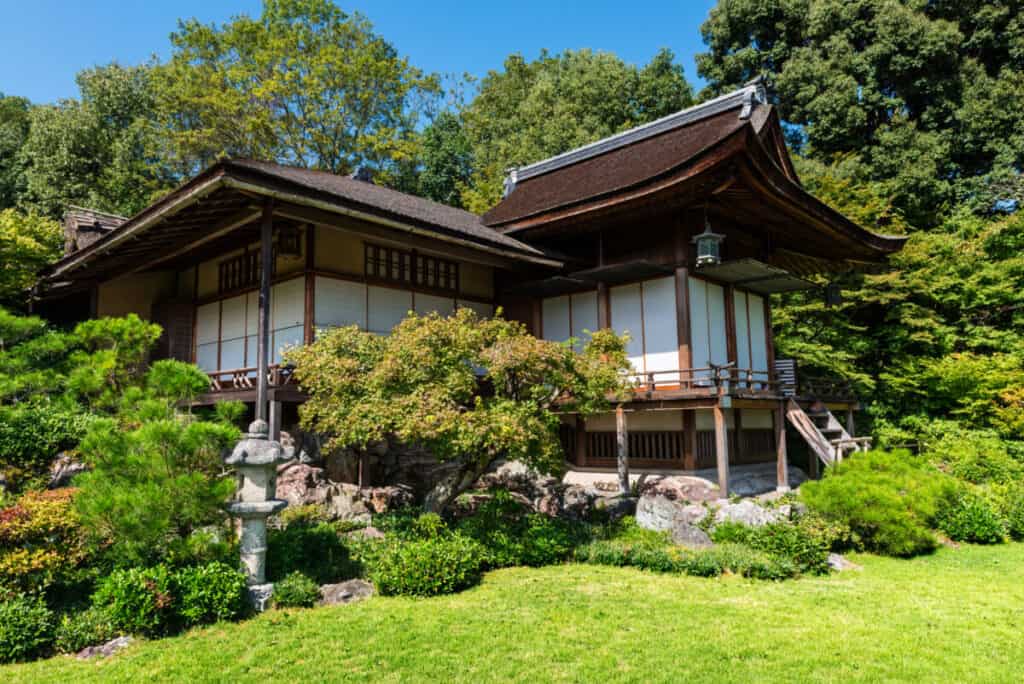
Unfortunately, many ancient homes were not built to last as they were unable to make the homes withstand such extreme conditions.
However, more modern homes have incorporated traditional elements of Japanese architecture but in weather-withstanding structures.
Traditional exteriors of Japanese homes
When it comes to traditional Japanese homes there were four types of building: fisherman’s houses (also known as gyoka), farmhouses (also called noka), mountain houses (called sanka) and urban homes (machiya).
Houses located in the cities were generally much smaller than those in the countryside.
These homes were traditionally one-story and constructed out of wood.
However, in order to protect the home, they were raised off of the ground, helping to protect the home given the adverse weather conditions that are experienced throughout most of Japan.
Although these four types of traditional buildings did vary from region to region there are a few underlying features that are common to each.
The type of materials used would depend on the region’s climate as well as what was available.
Perhaps one of the most recognizable exterior features of traditional Japanese homes is the roof with its specific sloped shape and the use of natural materials, including tile and wooden beams.
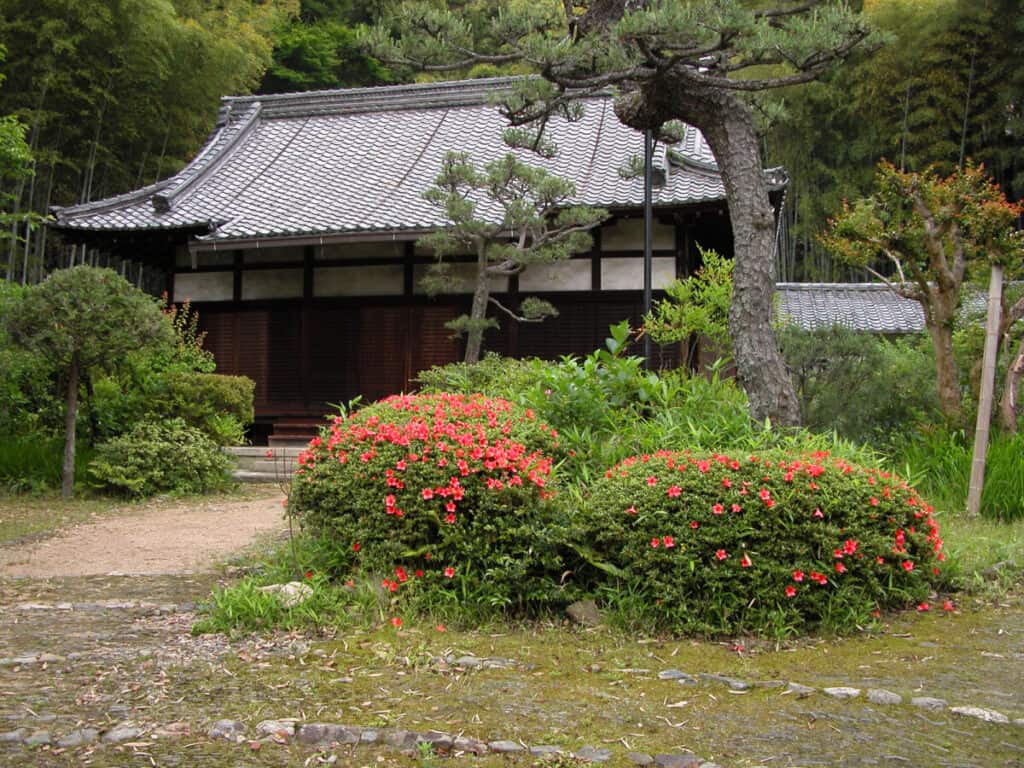
However, the strict class system in Japan meant that commoners were forbidden from constructing their homes in the same traditional style as the samurai and other noble families.
The traditional homes of the Samurai were largely inspired by Buddhist architecture which favored a minimalist style and often did not include any superfluous items or decorations.
Eventually, over time these traditions made their way into the homes of all classes.
Although the wealthier families often kept their homes simple and sparse due to choice, when it came to the lower class families their lack of possessions and expendable income made their adhesion to the method of minimal living achievable.
Traditional interiors of Japanese homes
Japanese architecture is recognizable both from the outside and the inside. The interior of traditional homes is both functional and decorative, much like the outside.
The sitting room
For example, the samurai were some of the first to integrate sitting rooms into their homes, also known as zashiki.
Not only were these rooms a pleasant addition to the home for the eye, but they also served the functional purpose of being able to house audiences such as officials for meetings.
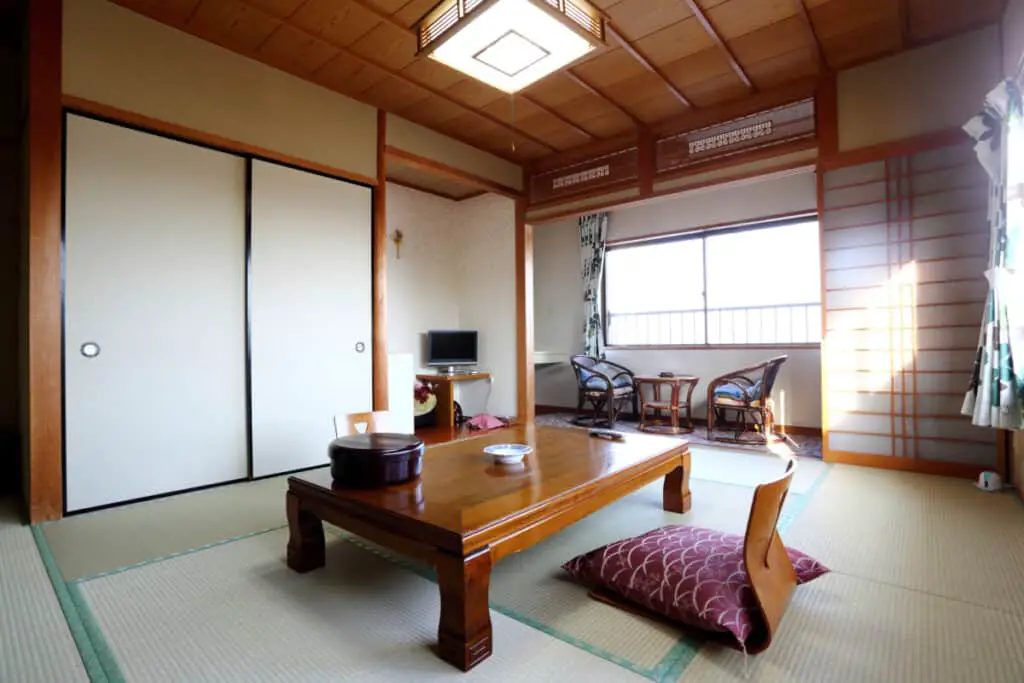
Due to this functionality, many traditional Japanese homes will have a raised section in their sitting room, which was integrated to help with the audience/speaker function.
Sliding doors
Perhaps one of the most recognizable items in a traditional Japanese home is the fusuma (the paper sliding doors) which have almost become an emblem of Japanese homes.
These doors are constructed by making wooden frames that are then covered with paper. These doors are able to be opened or closed in order to free up space when needed or close off certain rooms.
This allows for the space to be used as desired.
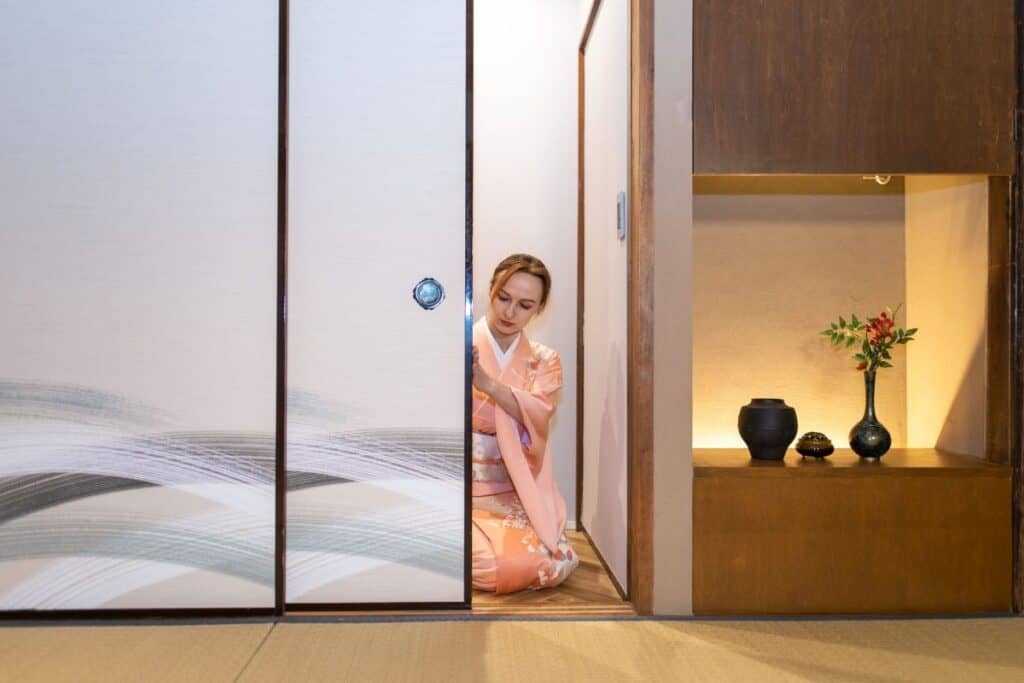
Traditionally above these doors, you would find what is known as a ramma which is a small wooden triangle that is used to bring more light into the room.
However, the clever use of space in traditional Japanese homes was not restricted to doors and freestanding divisions were also used to divide up rooms.
These screens were also made from wooden frames and covered in paper. There are two types of screens, folding and single-panel.
The flooring
Traditional Japanese homes will be covered in tatami mats which are mats made from a base layer of straw and then topped with grass. These are traditionally used to cover the wooden floor.
Just like many other aspects of traditional housing, the pattern and thickness of the tatami mats indicated the status and wealth of the family. The tatami mats date back to the Heian period.
Although not exactly standardized the average size of a tatami mat was 0.85 m x 1.73 m. These mats were a common traditional way of measuring the size of a room in the home.
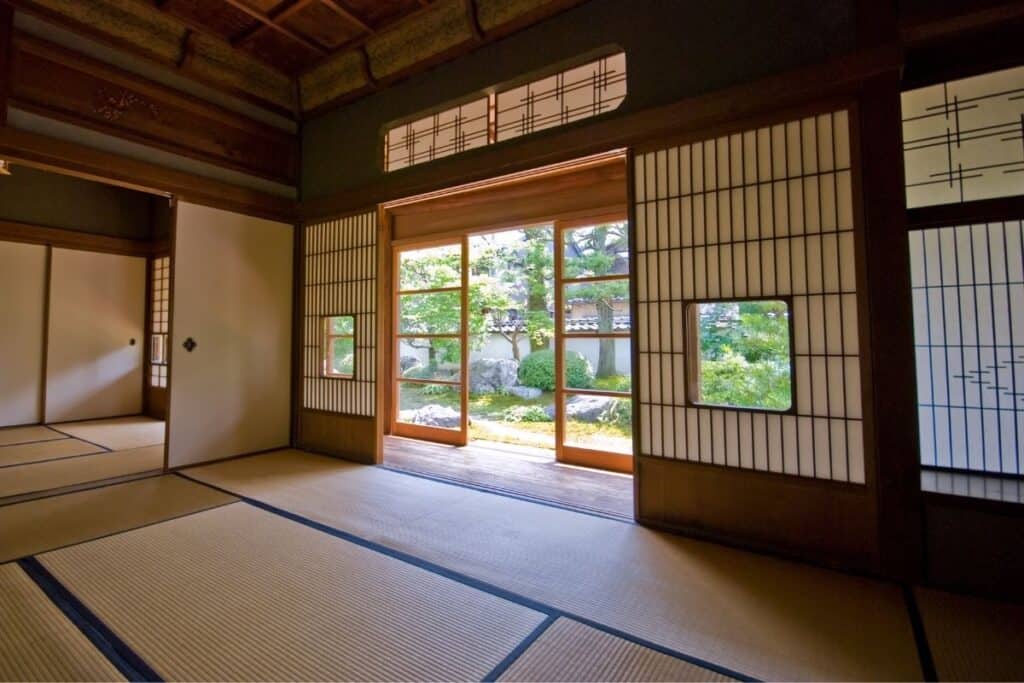
Traditional furniture in Japanese homes
There was a distinctive lack of furniture in traditional Japanese homes, however, there were a few items that were integral to the running and functioning of the home.
Some of the most common items of furniture in traditional homes include zabuton (floor cushions), armrests, chabudai (a low table), kodana (storage), shoji (cupboards), tansu (chests).
There was no one design for these items nor was there one particular material that they were made out of. However, they were traditionally all wooden and some included bamboo.
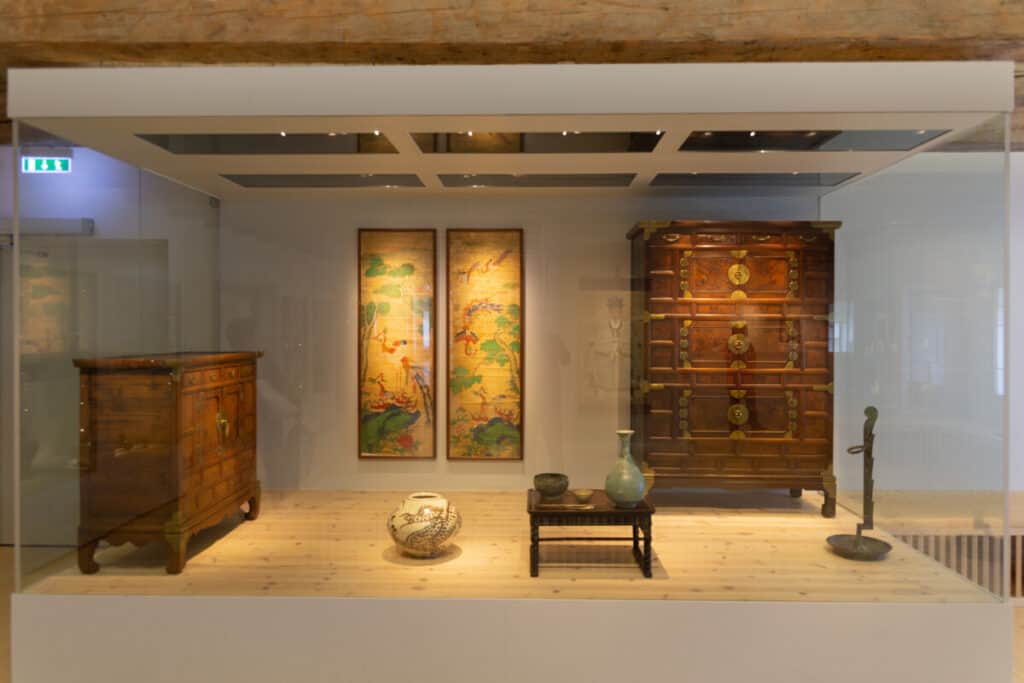
The exact design of these items of furniture would depend on the wealth of the owners, with richer families choosing to incorporate more elaborate designs or even gilding into their furniture pieces.
When it comes to storing clothes, most traditional homes used a rack to store the clothes or people would simply place them on a stand.
Like most elements of traditional Japanese housing, space was multifunctional and the bedroom was no exception.
There were two common choices when it came to the bed: a set of thick tatami mats that were piled one on top of the other to make a soft place to sleep or a futon.
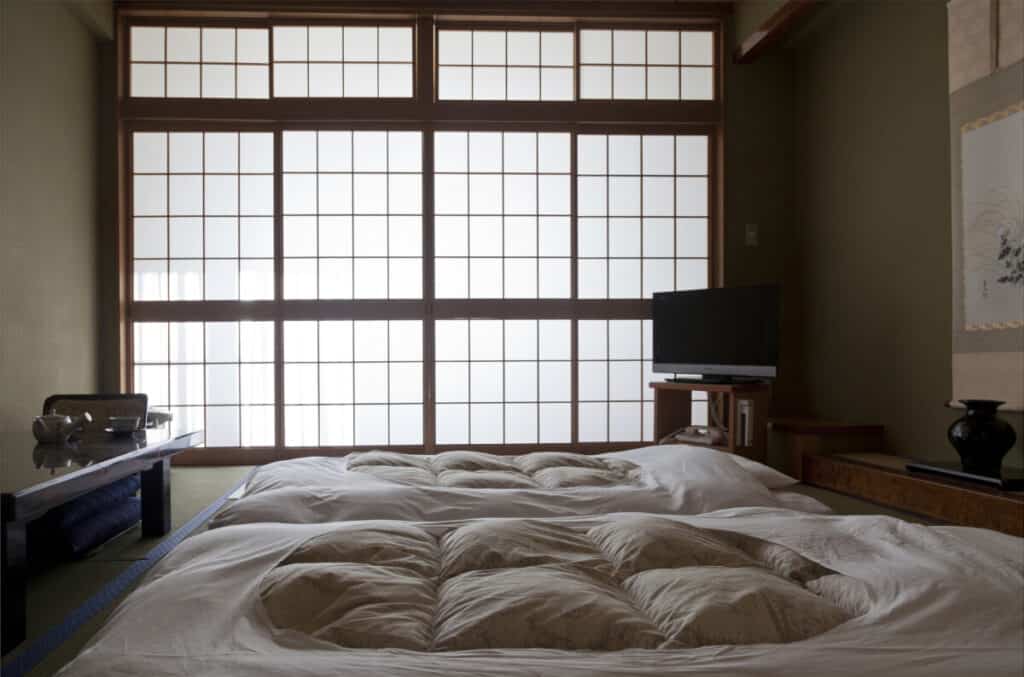
Futons are thin mattresses that are soft to sleep on and which can be rolled up and stored away throughout the day. This allows for the bedroom to become another room in the house that is free to use throughout the day.
Decorative items in traditional Japanese homes
There are also a number of decorative items that can be found in traditional Japanese homes.
Some of the most common include pieces of art such as hanging scrolls which were constructed out of either paper or silk and depicted either a painting or traditional calligraphy.
In order to display these scrolls properly, there is traditionally a wooden pole that is hung from the bottom in order to flatten the scroll against the wall which can then be used to roll up and protect the scroll when in storage.
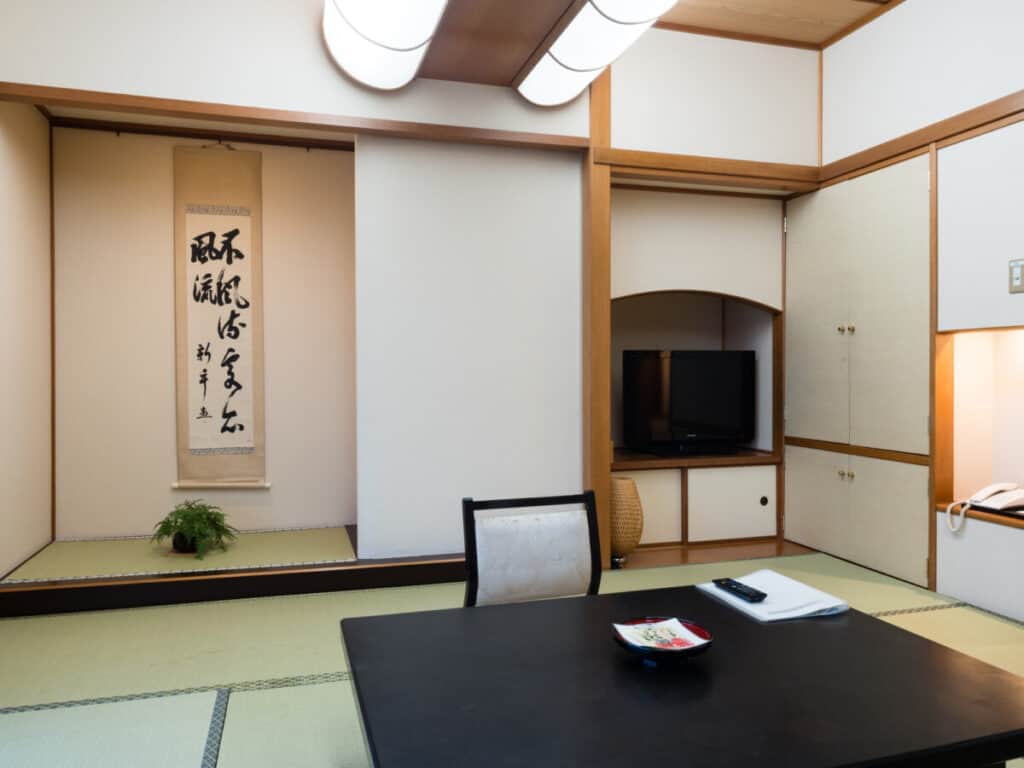
It was common practice to keep a number of different paintings in the home depicting different landscapes and to change the picture depending on the season.
In addition, the functionality of the paper dividing screens often kept in the traditional homes they were also a way to decorate the house.
Paintings were often depicted on the screens and could be used both as a partition and as a piece of art to embellish the home.
However, if the owner of the home was unable to afford such decorations woodblock prints were another common way to decorate the home.
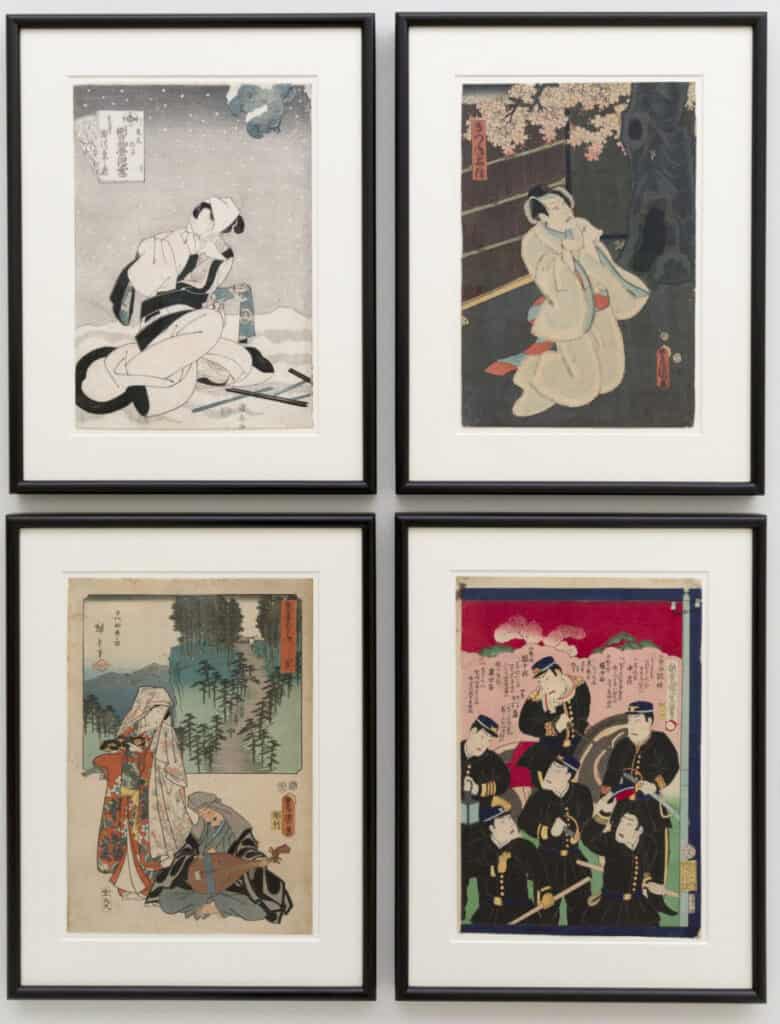
These prints often depicted actors, landscapes, and other decorative scenes and were displayed directly on the home’s walls.
The use of purely decorative items was very uncommon although some exceptions were made for porcelain vases which were used to place flowers around the home as well as incense burners which were placed around the home on shelves.
The more expensive objects inside a home were not particularly well hidden and so if a home contained a number of valuable items then families would typically employ a caretaker who would look after the home, and its contents, if the family were away from the home for any period of time.
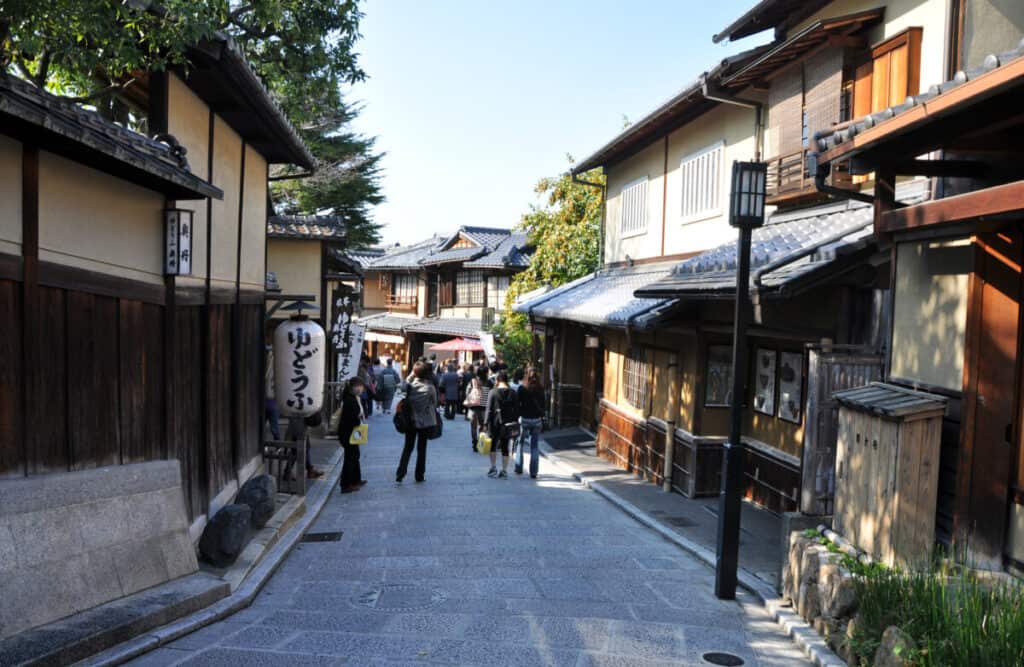
In fact, because of this practice, anyone around the home was considered to be suspicious, and thus the common modern-day practice of calling out ‘excuse me’ before reaching the front door.

